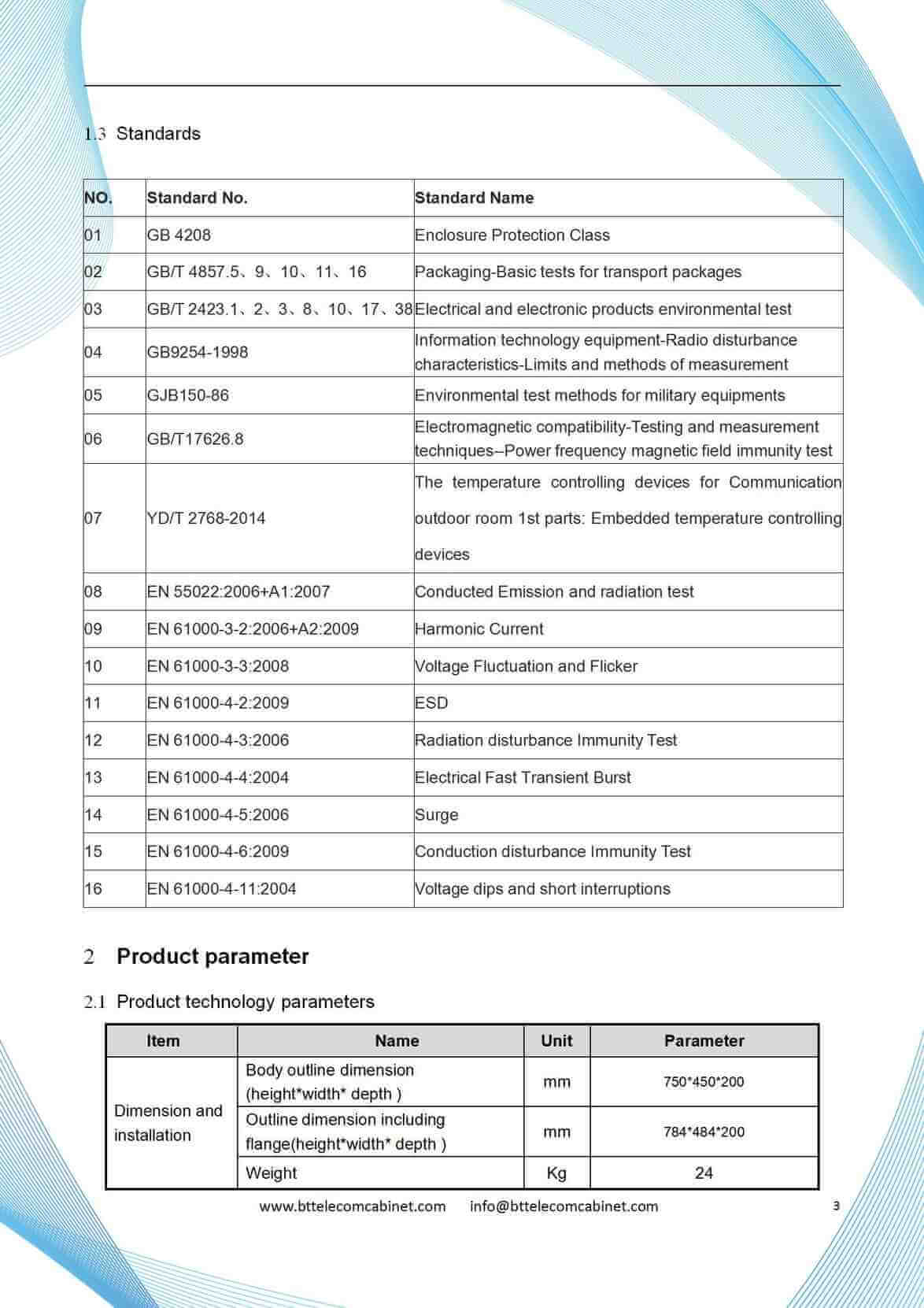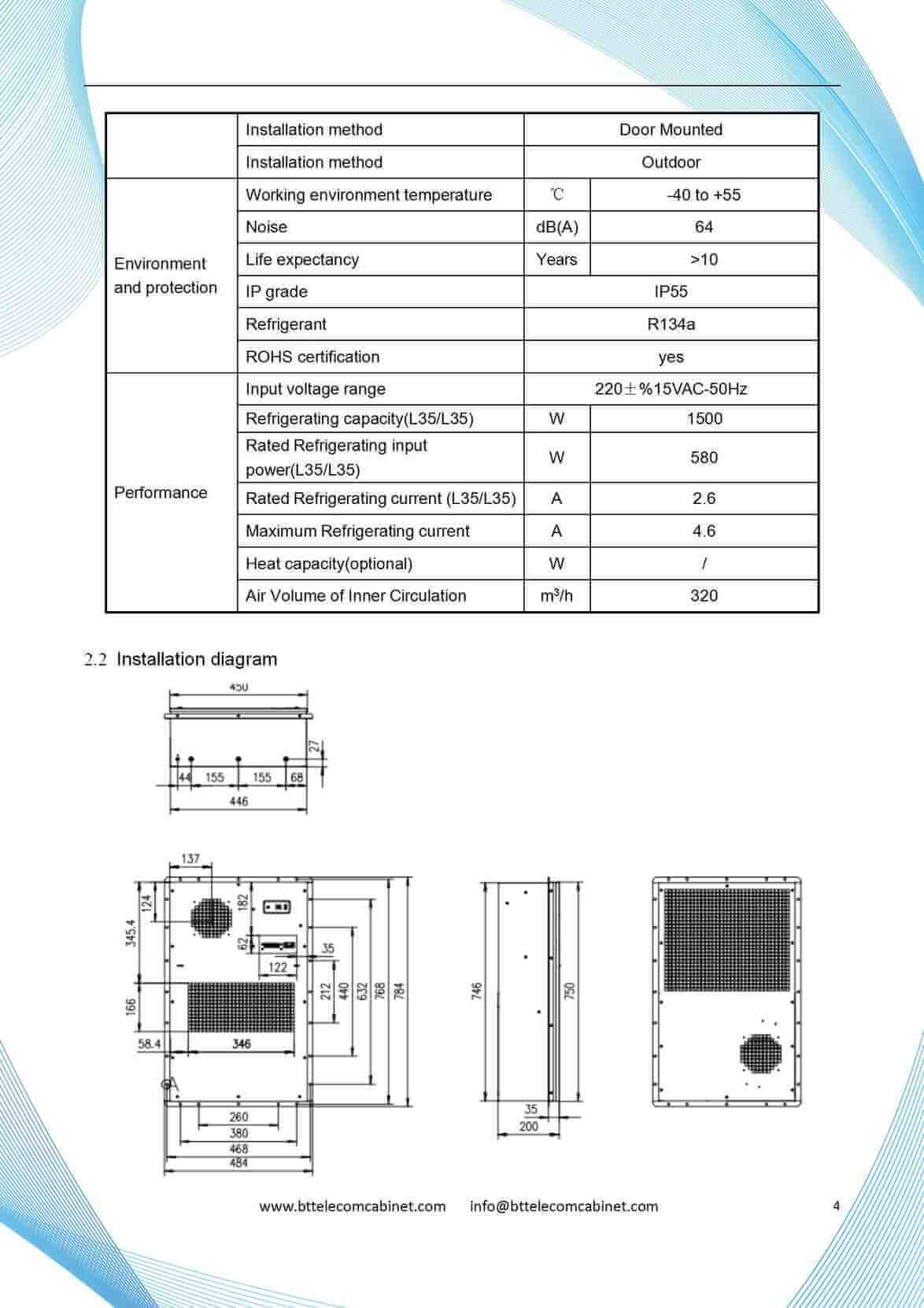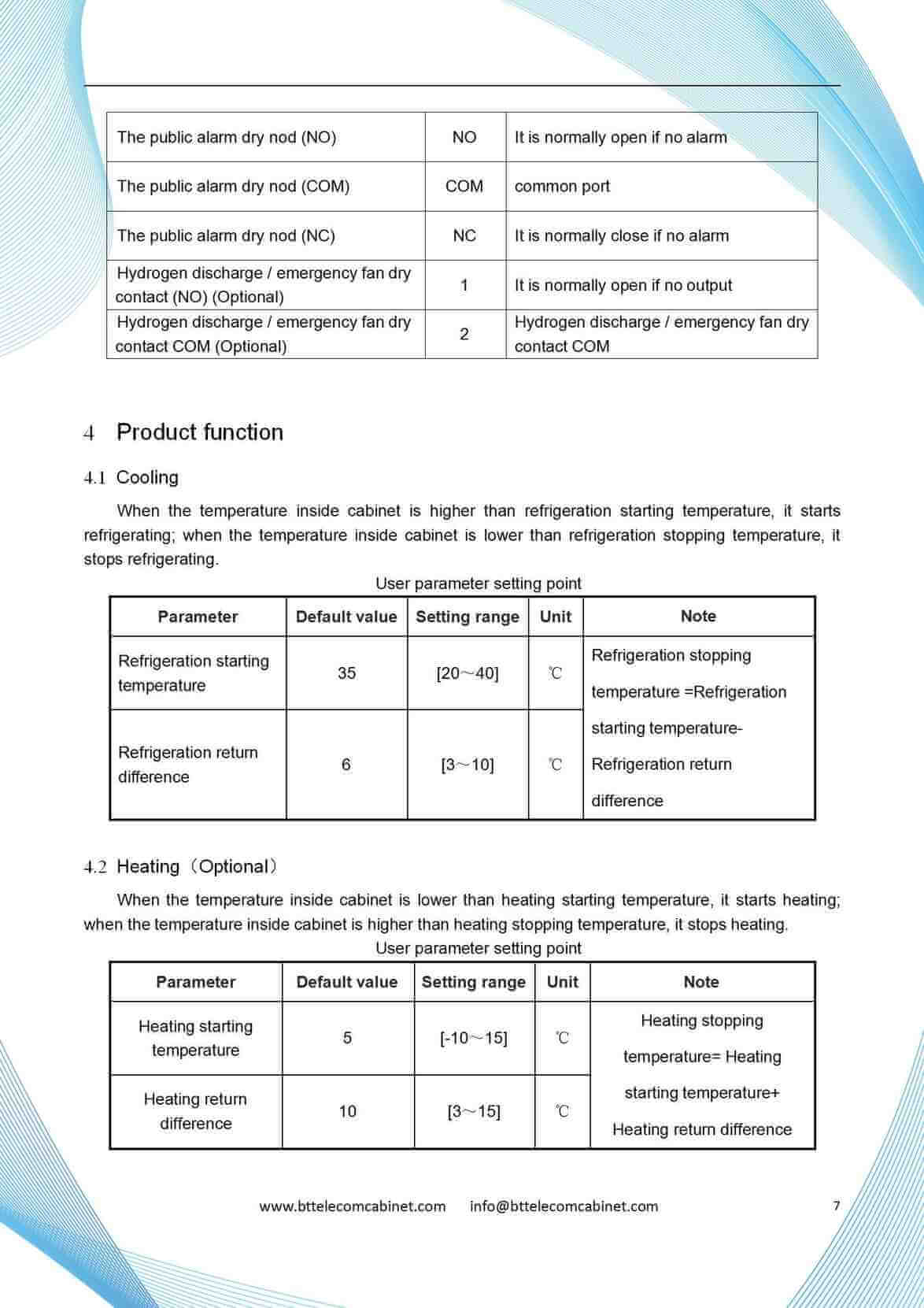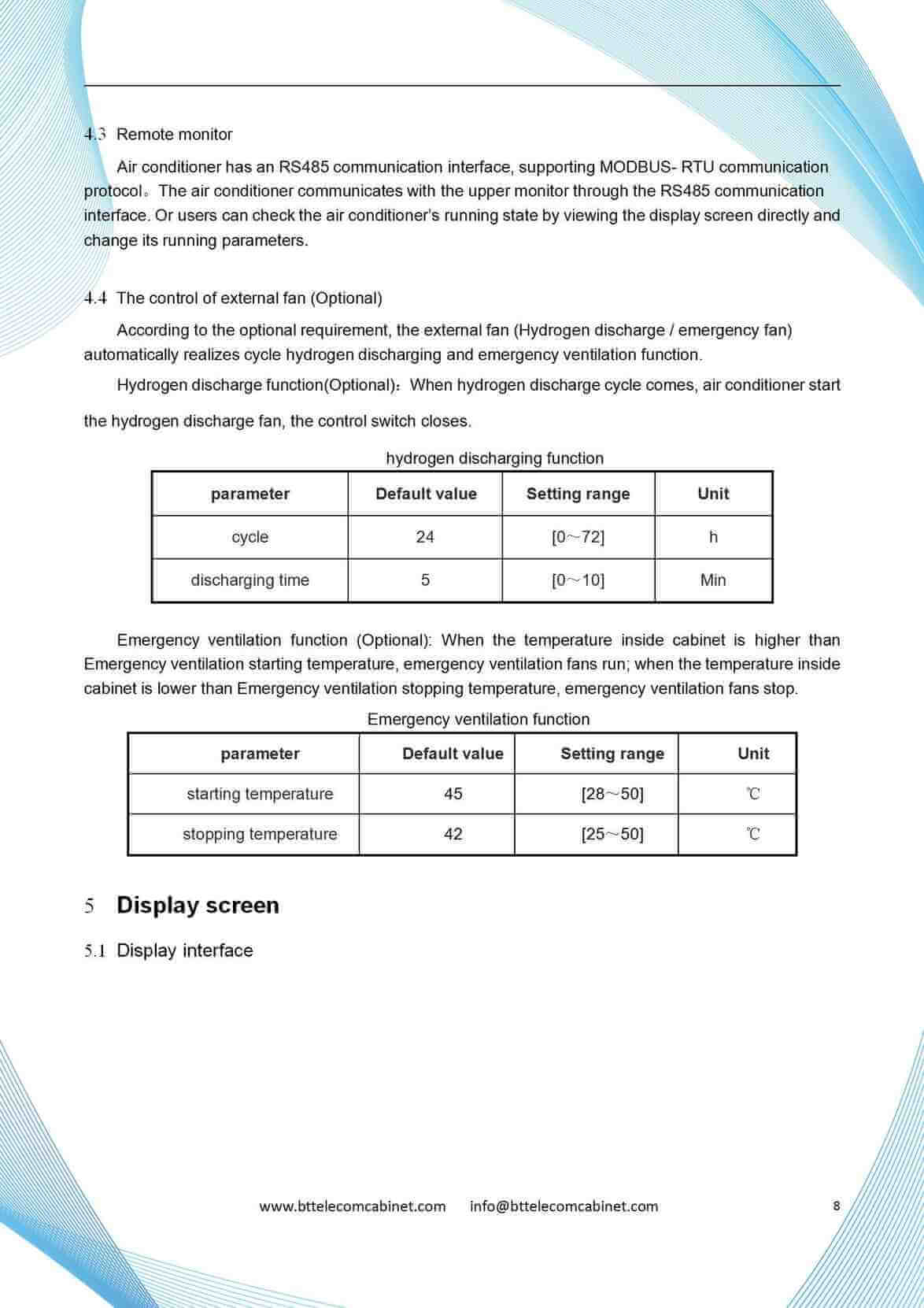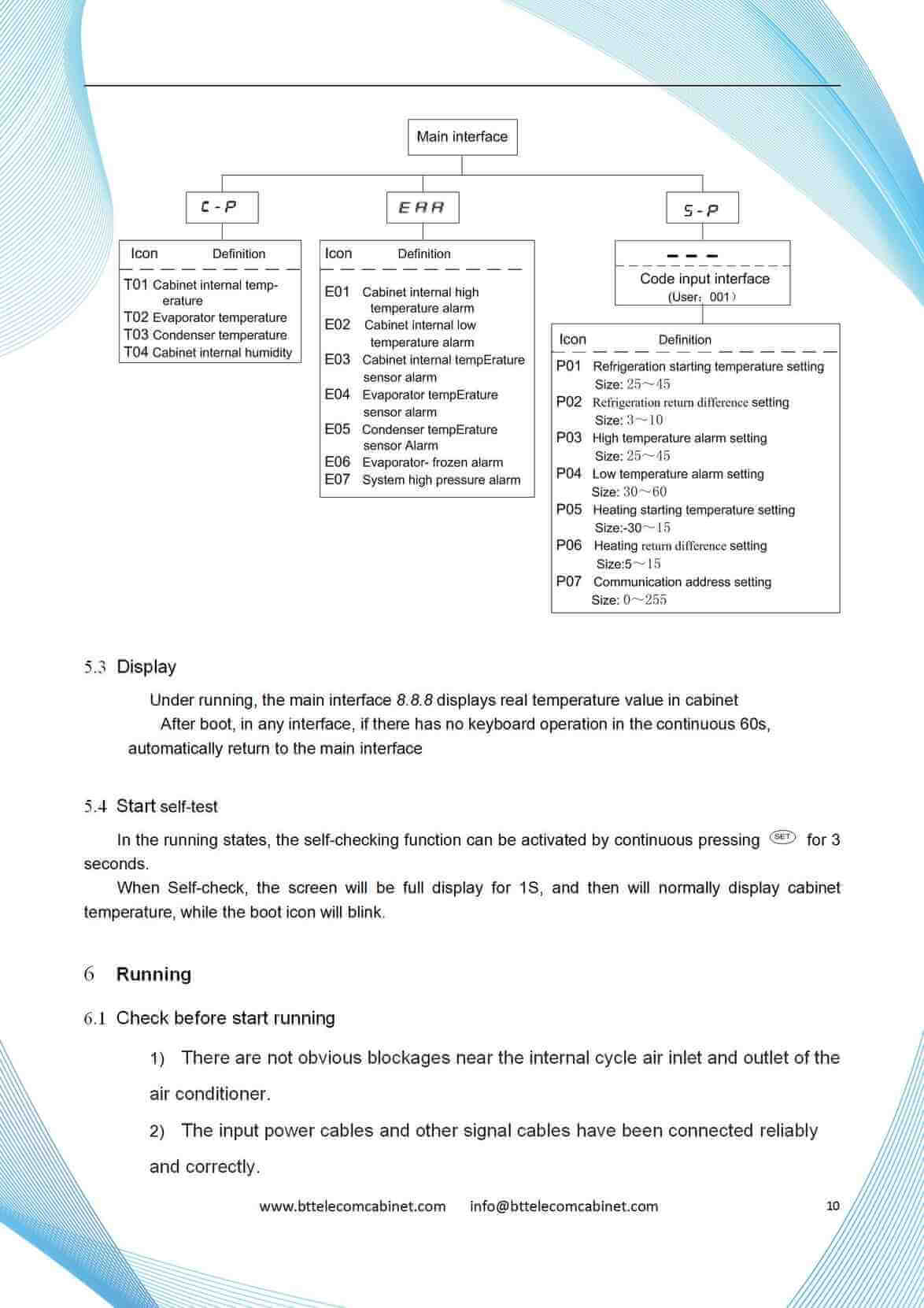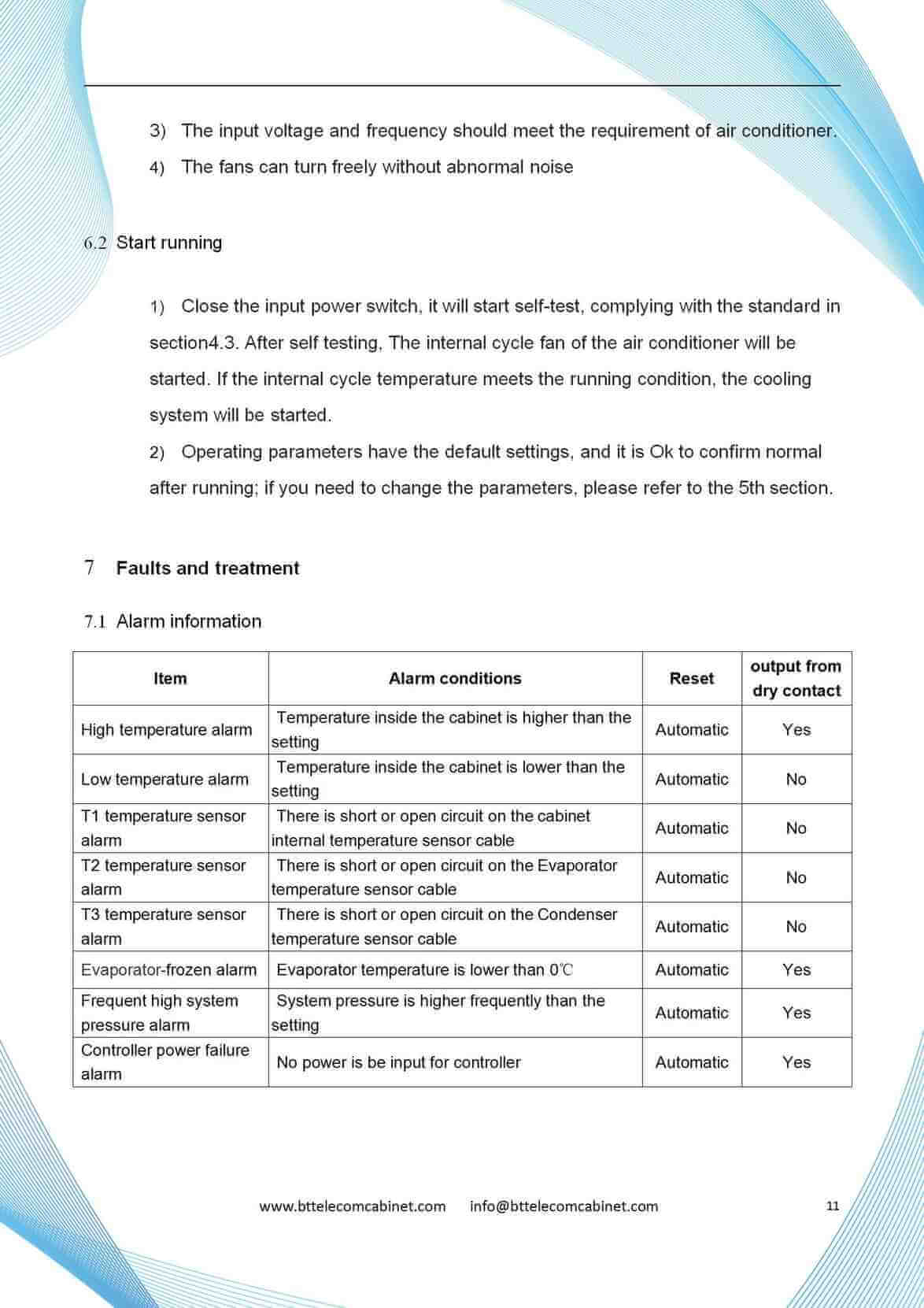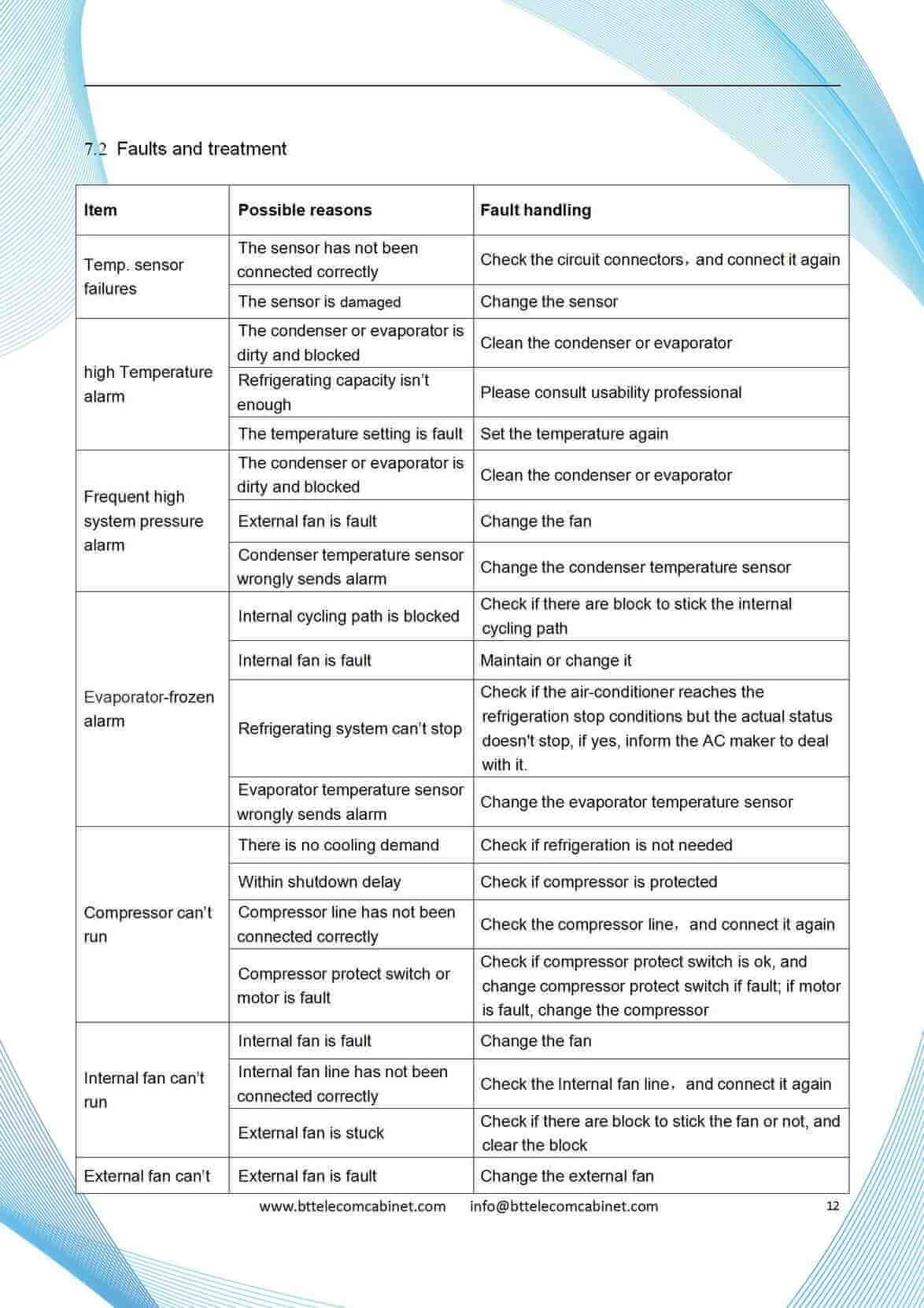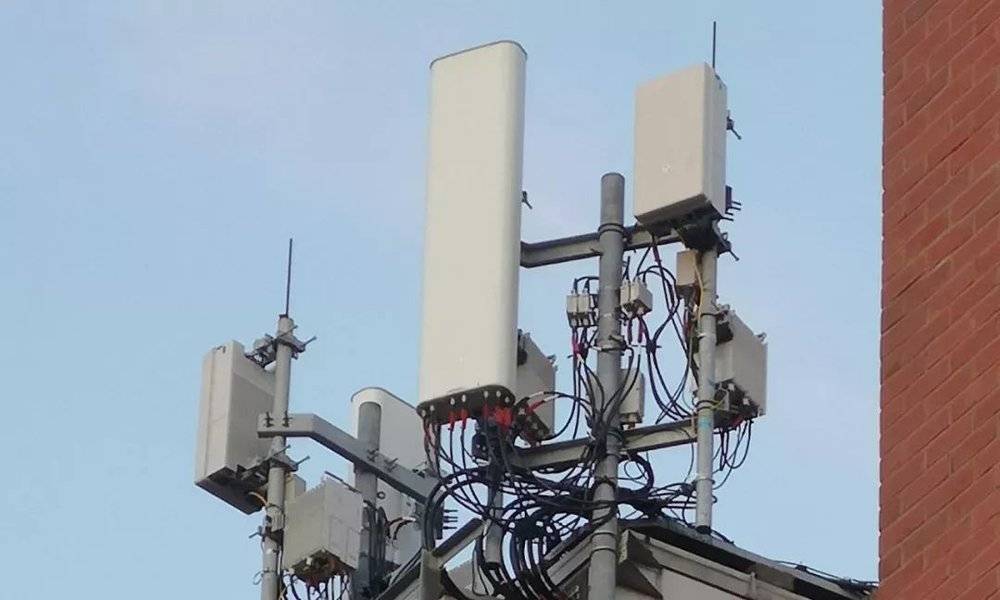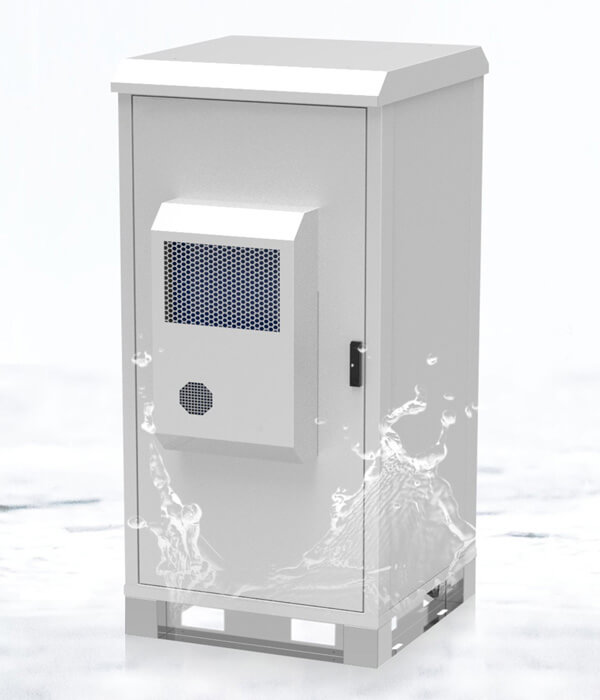1. please describe the relationship between optical cable, optical cable section and optical fiber core?
Answer: The communication between the two network elements is connected by optical fiber, and the optical cable is in the optical cable. Because the distance between the two network elements is too far and one optical cable is not long enough, it is necessary to use multiple optical cables, which become optical cables after being connected by melting fibers.
The overall relationship is that the optical cable contains optical cable segments, and the optical cable segments contain N optical fibers.
2. Please describe the definition of optical path? Optical path composition and application?
A: The optical path refers to the propagation path of light
The transmission between two network elements is carried out by optical cable cores. Because the distance between network elements is too far, there will be N optical cable segments connected, and the path through which the transmission cores between two network elements pass is the optical path.
3. Please describe the relationship between equipment in the computer room (ODF terminal, network element port, optical fiber core)?
Answer: There will be main equipment, moving ring equipment and transmission equipment in the machine room.
The relationship among ODF terminal, network element port and optical fiber core is that the network element equipment port is connected to ODF rack through pigtail, because after the optical cable enters the computer room, each optical fiber core should also be added with ODF, and both of them are connected on ODF terminal.
It is connected to the ODF terminal of the opposite network element through the optical fiber in the optical cable, and then connected to the port of the opposite network element through the tail fiber.
Overall relationship: network element terminal-pigtail-ODF rack-optical cable core-ODF rack-pigtail-network element terminal.
4. Please describe which subordinate objects the network element equipment is composed of.
A: There are many types of network element equipment, and the composition of different network element equipment is different.
For example, the transmission network element equipment generally includes: frame-channel-board-port.
5. Please describe the advantages of DWDM over SDH.
A: The biggest feature of DWDM equipment is that it can transmit technologies with different wavelengths in the same optical fiber, take multiple services, and have the advantage of SDH subcontracting;
Answer: Compared with DWDM, DWDM equipment has the advantage of large transmission capacity. While SDH transmission capacity is small.
6. Please describe the advantages of OTN over DWDM.
A: DWDM system is essentially a point-to-point system, with limited networking methods.
The biggest difference between OTN and DWDM is that OTN (Optical Transport Network) is composed OXC:Optical Cross-connector (OXC) and Optical Add/Drop Multiplexer (OADM). The functions of cross-connection and wavelength conversion between upper and lower waves can be accomplished through OXC and OADM.
7. Please describe the broadband access methods, the meanings of FTTC, FTTB and FTTH, and what are the differences among them?
Answer:
FTTC (Fiber TO The Curb) fiber goes to the roadside, ONU is installed from the telecom room to the roadside near your home, and the original copper cable or other media is used to transmit the signal from the roadside to the home or office;
FTTB (Fiber TO The Building) optical fiber is connected to the building by a dedicated line without dialing;
FTTH (Fiber TO The Home) provides 100 times the bandwidth of ADSL. Optical fiber has the advantages of long life, no interference and almost unlimited bandwidth, which is unmatched by copper wire technology;
Note: The difference between the three lies in the distance from customers.
8. Please describe the role of ONU\OBD in the access network, and what is the difference between the monitoring methods of ONU and OBD?
Answer: ONU and OBD are both part of PON architecture, ONU is an optical network unit, and multiple onus can be hung under one OLT through ODB optical splitter. ONU is put in user’s home as FTTH, and in building as FTTB.
Monitoring mode: ONU is an active device that can be monitored on the network management, while ODB cannot be monitored on the network management because it is a passive device.
9. Please describe your understanding of telecommunication transmission network? What is the relationship between transmission network and optical cable, switching, access network and mobile network?
Answer: the understanding of telecommunication transmission network: a network composed of transmission nodes and transmission links to provide data transmission channels;
Transmission network is the foundation of the whole telecommunication network, which provides transmission channels and platforms for the services carried by the whole network.
What is the relationship between transmission network and optical cable, switching, access network and mobile network?
Composition of transmission network: first build optical cable sections, then connect them into optical cables, and install equipment systems at both ends of the optical cables to form a transmission network. Switching, access network and mobile network are all carried on the transmission network.
10. Please describe the main elements of PON network and their roles?
A: Components:
OLT(Optical Line Terminal (OLT)
OBD/ODN (Optical Distribution Network)
ONU(Optical Network Unit)
ONT( Optical Network Terminal)
Role:
PON is an access network, in which OLT and ONU/ONT are connected by OBD/ODN composed of passive optical cable and optical splitter/combiner
11. Please describe what is frequency division multiplexing? Time division multiplexing? Space division multiplexing? Code division multiplexing? What are the differences?
Answer:
Frequency Division Multiplexing (FDM) divides the total bandwidth used for transmission channels into several sub-bands (or sub-channels), and each sub-channel transmits one signal.
Time Division Multiplexing (TDM): It uses different periods of the same physical connection to transmit different signals, and can also achieve the purpose of multiplexing.
SDM (space division multiplexing): the same frequency band can be reused in different spaces.
Code division multiplexing (CDM): A group of code blocks containing mutually orthogonal code words are used to carry multi-channel signals.
12. please describe the difference between FDD and TDD?
Answer:
TDD instant duplexing: the uplink and downlink switching time can be set flexibly, which is used to realize asymmetric uplink and downlink service bandwidth, which is beneficial to realize obviously asymmetric uplink and downlink internet service
FDD is frequency division duplex: FDD adopts two independent channels to transmit information downward and upward respectively. In order to prevent mutual interference between adjacent transmitters and receivers, there is a guard band between two channels.
Compared with FDD, TDD can use piecemeal frequency bands, because uplink and downlink are distinguished by time, so it is not necessary to require frequency bands with symmetric bandwidth
13. please explain the main network elements involved in ADSL communication? Their respective roles?
A: ADSL (asymmetric digital subscriber line) has the following components:
1) ATM backbone: it is the core backbone network for ISP to provide broadband services, and it is the intersection of all data.
2) DSLAM(DSL ATM Multiplexer): This is the local equipment that provides ADSL service.
3) Telephone lines for providing services: At present, ADSL services provide voice and data bearing services through ordinary analog telephone lines.
4) Voice and data separator/integrator: This is an important part. When the DSLAM at the local office outputs ADSL lines, it is integrated with the voice line at the local office for transmission on the same line. At the user end, it is separated by similar equipment to form a data line and a voice line.
5) ADSL CPE equipment (ADSL user front-end equipment): this equipment is purchased by users themselves or rented from the local office. Typically ADSL Modem or ADSL Router.
14. please explain the main differences between 163 network and CN2 and DCN network? Use?
Answer: 163 is the common public network, CN2 is for the government-enterprise special line, DCN telecom intranet, and CN2 will be used in the future
15. Please explain how the home broadband Internet access ended up on the 163 network.
A: dial-up -dslam-bras-CR-163 network
16. please explain the relationship among the national network, provincial network and local network?
A: The national network is a dry matter, which belongs to inter-provincial transmission.
The provincial network is the second dry, introspecting the transmission and use between prefecture-level cities.
Local network is the network transmission of prefecture-level cities.
17. please explain the model objects, related relationships and important attributes involved in the pipeline?
Answer:
Model: pipeline-> pipeline section-> sub-pipe-> sub-pipe-> nozzle (for connecting telecommunication or fiber core).
Attributes: ID, name, serial number, sub-pipe ID, parent-child pipe ID, etc
18. Please explain the bearing relationship between pipeline and optical cable model, and how to bear it.
Answer: When the project is implemented, the pipeline should be laid first, and then the optical cable should be laid inside the sub-pipe. I.e. the pipe carries the optical cable.
19. please explain the common rate levels of SDH and the conversion relationship between each rate?
A: STM-n = n * STM-1;
20. please explain the difference between TM and ADM in SDH network element equipment?
Answer: TM–terminal multiplexer is used at the terminal node of the network to multiplex the low-speed signal at the branch intersection into the high-speed signal STM-N at the line port.
ADM-–add/drop multiplexer used at the switching point of the network. ADM has two line ports and one branch, which is used to cross-multiplex the low-speed branch signals to the east or west line ports, or split the high-speed signals from the east/west line ports into low-speed branch signals, and cross-connect the high-speed STM-N signals from the east/west line ports.
21. please describe what is the meaning of SDH cross connection? What’s the point?
A: First of all, cross-connection is the logical connection from branch port to line port or between line port and line port. Generally speaking, cross-connection is to find the corresponding outlet by means of logical connection of countless optical signals entering the equipment;
SDH cross-linking is to find the exit of the correct path by scheduling the optical path entering SDH equipment; The main function is the scheduling of optical signals;
22. Please describe the significance of subnet management in network management?
A: Because of the complex networking structure, hierarchical management is adopted. Make the management more clear.
23. What is a transmission system? What is the significance of transmission system in management?
Answer: The transmission system is the management system of the transmission network, which manages the field devices in the background.
The significance of transmission system in management: first, because of centralized remote management, it can save manpower; Second, it can be monitored centrally; Third, the problem is accurately positioned;
24. please describe how wavelength division and SDH are carried.
Answer: The wavelength division transmission capacity is large. SDH is generally located at the branch side, and N SDH is connected to the wavelength division equipment. At the opposite end, it is decomposed into N SDH by the wavelength division equipment.
25. Please describe the basic equipment of mobile network, and what is it called in Chinese and English for short? What’s the use of each?
Answer:
2G equipment networking: UE——BTS (base station)-BSC (base station controller)-MSC (core network)
3G equipment networking: UE——Node B (base station)-RNC (base station controller)-CN (core network)
The 4G equipment networking: UE——EnodeB (base station+base station controller)-Mme (core network)
UE: mobile phone
BTS: The base station transmitting station, i.e., the base station, receives mobile phone signals, etc.
BSC: refers to the base station controller, which is responsible for the operation and maintenance of wireless cells and their wireless channels, and provides the interface with MSC during calling.
MSC: core network, which records HLA with mobile phones in this area.
PA: equipment for amplifying signals by power amplifier.
Different from 3G, MME is a mobile management entity, which is responsible for the positioning and paging process of idle mode UE(User Equipment), including relay.
26. please describe the difference between LTE and 2G and 3G in equipment group network?
Answer:
2G equipment networking: UE-BTS-BSC-MSC
3G equipment networking: UE-Node B-RNC-CN
The 4G equipment networking: UE-enodeb-Mme.
27. Please describe which mobile network devices are involved in surfing the Internet through 3G. Use?
A: At present, 3G technologies adopted by different operators in China are different.
The following takes telecom CDMA2000 as an example:
Equipment involved in 3G internet access: UE-node b-RNC-cn
UE: mobile phone equipment, which adopts an input, receiving and presenting device when surfing the internet.
NODEB: base station. And carry out information docking interaction with the mobile phone.
RNC: base station controller, which passes and processes base station information.
CN: conduct network interaction
28. Please describe how to realize voice call in LTE network. Specific principle?
A: Three main voice solutions of LTE
CSFallback(CSFB):CSFB): csfb is a scheme for LTE terminals to use voice services through circuit domain. The terminal usually resides in LTE network and uses LTE data services. When initiating or receiving voice calls, the terminal falls back to 2G/3G circuit domain to make voice calls, and then returns to LTE.
Dual standby: LTE terminals with dual standby capability can work in LTE and 2G/3G circuit domain at the same time, that is, they can use data services on LTE network and voice services on 2G/3G circuit domain at the same time, thus realizing the concurrency of data services and voice services without fallback.
VoLTE:VoLTE is an end-to-end voice scheme based on all IP over LTE network. VoLTE’s voice is transmitted as IP data without 2G/3G network, and all services are carried on LTE network, which can realize the unification of data and voice services under the same network. Compared with the existing 2G/3G network, VoLTE can have a better user experience than 2G/3G voice and OTT voice service. At the same time, when the terminal leaves the coverage area of LTE, VoLTE can switch the voice call on LTE to the 2G/3G network to ensure the continuity of the voice call.
29. Please describe what signaling is? Study the significance of signaling?
Answer: Signaling is a kind of “communication language” used by devices to cooperate with each other. In order to make the equipment produced by different manufacturers work together, this “communication language” should be understandable to each other. Strictly speaking, signaling is a system that allows program-controlled exchange, network database and other “intelligent” nodes in the network to exchange the following related information: call establishment, Supervision and Teard
The post Basic knowledge of communication industry appeared first on China's outdoor telecom cabinet battery cabinet high-quality manufacturer.
]]>
